5 Worst Man-Made Disasters That Changed Our World
If you travel a lot, watch the Discovery channel, or read World Atlas, you know how beautiful our planet is. No matter where you live, the Earth has natural wonders everywhere. Unfortunately, humans can be destructive, often causing disasters due to negligence or selfishness. Sometimes those changes are terrible and irreversible. Oil spills, gas leaks, nuclear explosions, industrial fires, terrorism, and wars are all caused by humans.
Read on to learn about the worst man-made disasters that changed our world.
Chornobyl Nuclear Disaster
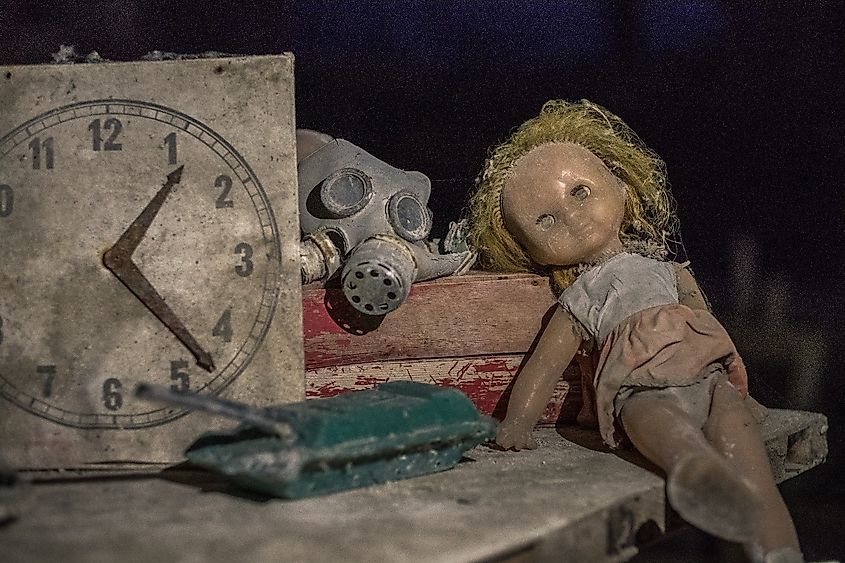
You can find many abandoned things in the ghost city of Prypiat, Ukraine. It is the place where the worst nuclear disaster happened.
Bhopal Gas Tragedy
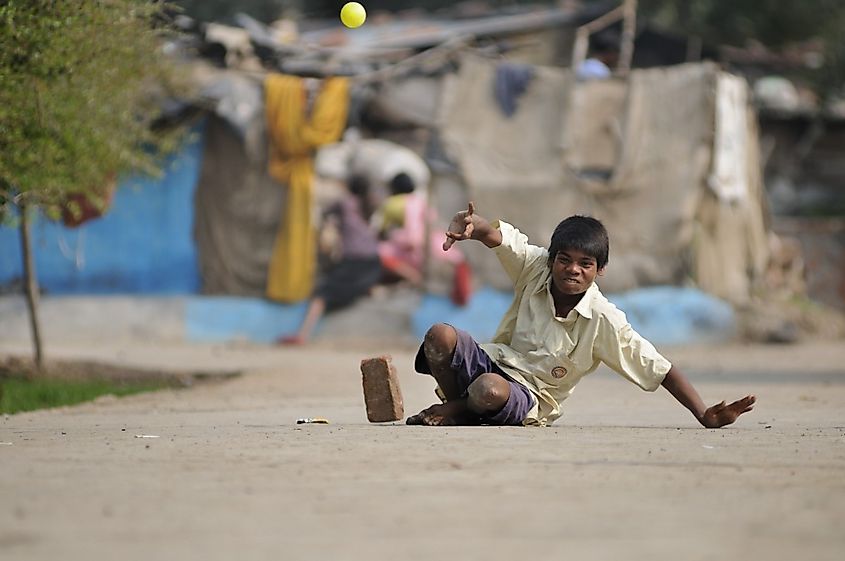
One of the deadliest catastrophes happened in Bhopal, India, in December 1984. A chemical plant released about 40 tonnes of methyl isocyanate which is a colorless gas for pesticides. It causes coughing, bleeding, lung swelling, and death from high-concentrated inhalation. Although there were several contributing elements to this catastrophe, the main reason was human error. An employee performing routine cleaning neglected to install a device that would have stopped water from getting into the chemical tanks.
Gulf War Oil Spill
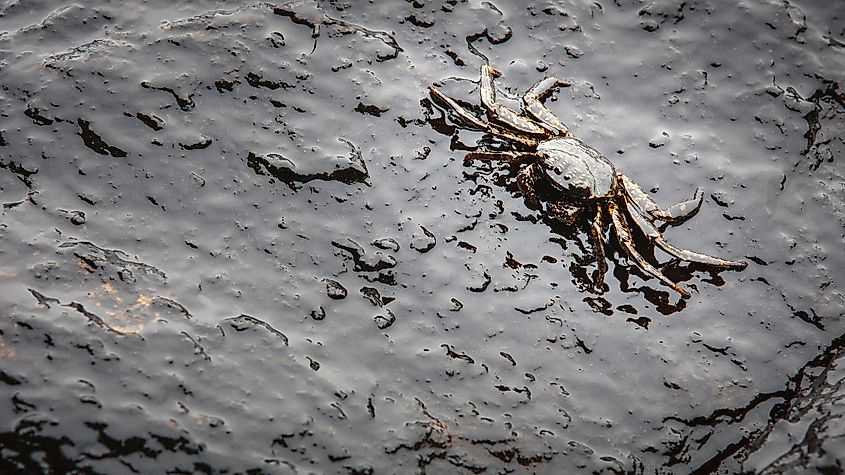
Over 114,000 animals, including 102 bird species, bottlenose dolphins, sea turtles, and whales, suffered injury or death in the Persian Gulf oil disaster. The greatest man-made oil leak in history occurred as a result of the spilling of millions of barrels of crude oil into the Arabian Gulf during the Gulf War in 1991. The worst thing is that it was not an accident.
9/11 Terrorist Attacks
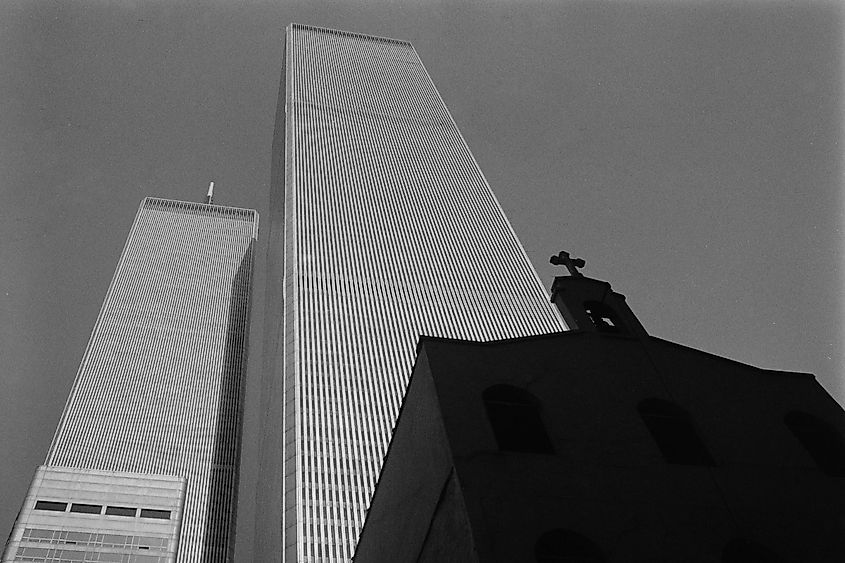
The 9/11 attack is the biggest terroristic disaster ever. Conspirators of al-Qaida hijacked four planes with passengers and used them as missiles. The attacks killed 2,977 innocent men, women, and children in New York City, the Pentagon, Shanksville, and Pennsylvania. The World Trade Center in New York suffered the most, with 2,753 victims recorded. The fire weakened the steel support trusses, which damaged the buildings’ structural columns; as a result, both towers collapsed.
Ten years after the attack, authorities opened a 9/11 memorial on the place where the Twin Towers stood. An exhibition in the museum serves as a tribute to the attack victims.
World War II
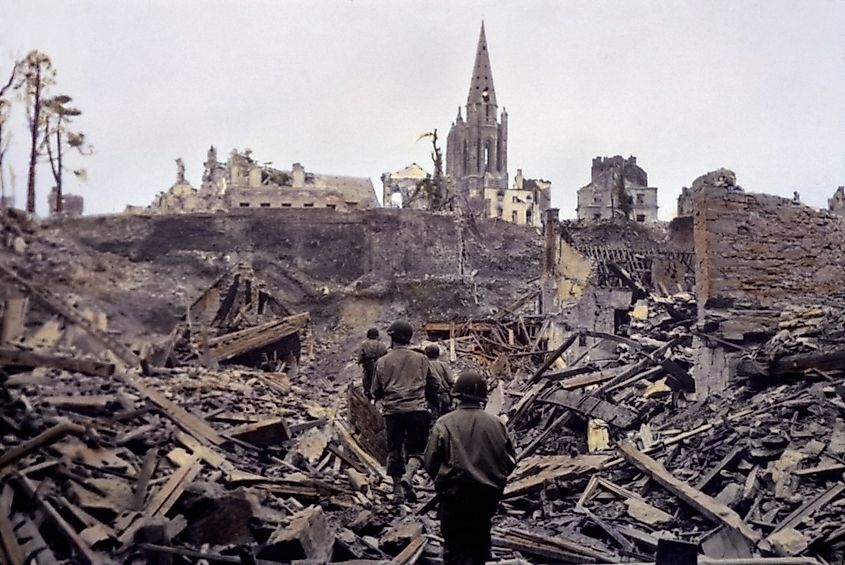
World War II was the greatest and deadliest man-made disaster in history. It started on September 1, 1939, when Germany invaded Poland. One of the leading causes of the war was the rise of dictators and their imperialist goals. Adolf Hitler had an obsession with occupying Poland. The war involved more than 50 countries. The Allies (Great Britain, France, United States, China, and the Soviet Union) and the Axis powers (Germany, Italy, and Japan) were the main parties.
According to most estimates, between 70 and 85 million people died during World War II. The majority of casualties were civilians that resulted from famine, disease, war crimes, or other atrocities. Сoncentration camps, forced labor, extermination campaigns, genocide, and atomic bombings mark World War II as the most devastating and horrific conflict in human history.
In Summary
Each of the disasters above is a tragic example of how uncaring some humans are. War, terrorism, pollution, and biological/chemical threats are still ongoing around the world, and people suffer as a result every day. You never know how bad the next disaster may be.











